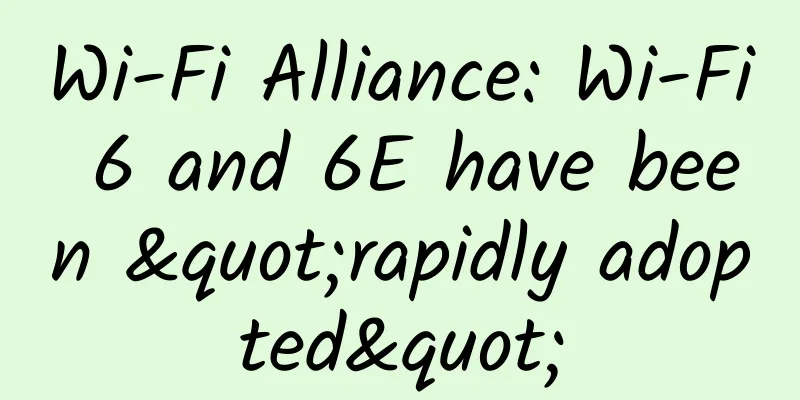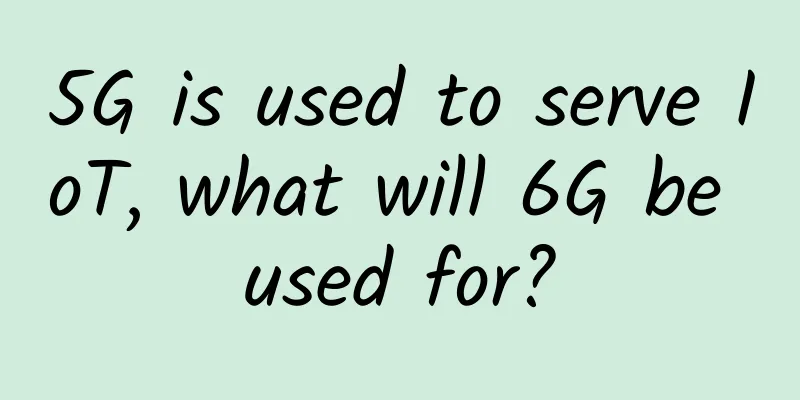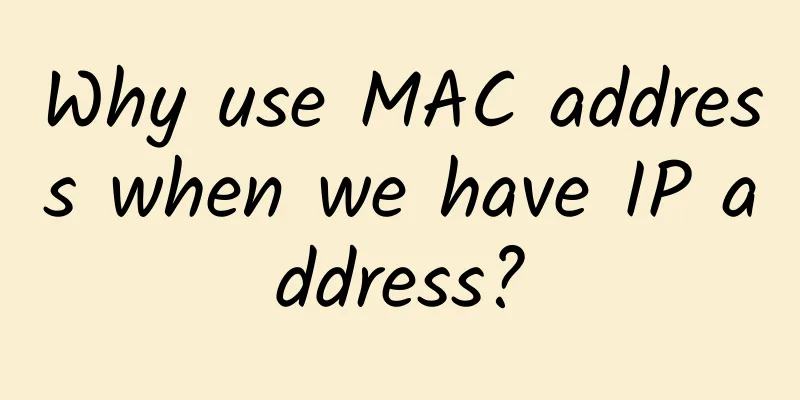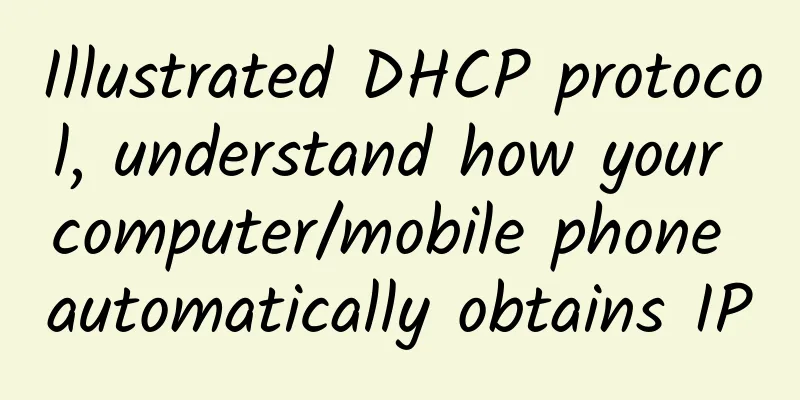Reshaping Wi-Fi Infrastructure for the Future of IoT

|
As the digital age continues to evolve, a major change is taking place. The Internet of Things has become an integral part of our daily lives and work, and the new generation of Wi-Fi technology is redefining the Internet of Things, and is expected to reshape the IoT ecosystem in 2024 and beyond. Wi-Fi HaLow, defined by the IEEE 802.11ah standard and certified by the Wi-Fi Alliance, is becoming a key enabler of IoT applications by providing the long-range, low-power connections required by today's smart wireless devices. Completely change the smart home experienceThe smart home is a thriving hub of technological innovation, and with the advent of Wi-Fi HaLow, it is undergoing a profound transformation. Optimized for the unique requirements of the IoT, this wireless protocol provides a vital link for a wide range of connected devices to work together seamlessly and securely over long distances. Homeowners who are increasingly relying on smart technology have begun to encounter the limitations of existing Wi-Fi solutions, including limited range, inconsistent connections, and excessive power consumption. Wi-Fi HaLow addresses these challenges by providing wide coverage, strong connections, and minimal power consumption, which is critical for the multitude of battery-powered IoT devices in our homes. For example, security cameras are an essential component of home automation and benefit greatly from their superior coverage and ability to penetrate walls and other obstacles. This strong connectivity gives homeowners the flexibility to place IP cameras throughout their property without having to worry about signal strength, ensuring comprehensive security coverage. These benefits also extend to a variety of other smart devices, such as garage door openers and smart locks, enhancing the user experience by providing a greater range and more reliable wireless connection. Wireless Infrastructure: The Backbone of ConnectivityThe benefits of Wi-Fi HaLow are not limited to smart homes, but also have the potential to redefine wireless infrastructure in commercial buildings, university campuses, factories, and urban and rural environments. In environments where traditional broadband cabling is impractical or economically unfeasible, such as in rural areas or vast campuses, Wi-Fi HaLow becomes a viable wireless connectivity solution. It enables mesh access points and backhaul to communicate over long distances, revolutionizing network expansion projects and ensuring that no area or citizen is without reliable IoT connectivity. Promoting industrial efficiencyThe industrial sector will benefit greatly from Wi-Fi HaLow. In the complex logistics and warehousing sectors, operational efficiency is critical. Wi-Fi HaLow provides seamless communication up to 1 km for wireless sensor networks and other IoT devices, thereby improving operational efficiency and minimizing downtime. Transportation and logistics services can use the reliability of Wi-Fi HaLow to ensure the smooth exchange of data throughout the supply chain, which is critical for monitoring goods and managing fleets. Smart City: Reshaping the Urban EcosystemWi-Fi HaLow is also becoming a cornerstone of the rapidly evolving smart city landscape. By facilitating complex interactions between security systems, environmental controls, and occupancy sensors, the protocol enables reliable, secure, and long-range wireless networks that enhance city life. Municipalities can use Wi-Fi HaLow to connect transportation systems, public safety networks, and utility monitoring to create a responsive, data-driven urban environment that enhances city management and resident services. Leading the way to the futureThe continued deployment of Wi-Fi HaLow solutions in the IoT is a catalyst for innovation. However, achieving widespread adoption also faces a number of challenges. First, potential compatibility issues with existing equipment and protocols need to be addressed. This requires careful evaluation and possible updating or replacement of current hardware. Second, as the Wi-Fi HaLow ecosystem matures, strict security protocols must be developed to address evolving cyber threats. Organizations must implement and regularly update security technologies such as WPA3 authentication and AES encryption to protect IoT networks. Organizations must also consider the effective management of network traffic, as Wi-Fi HaLow's extended range and ability to connect thousands of devices can increase network congestion. Looking ahead, Wi-Fi HaLow will have a transformative impact on IoT device design, especially for IP cameras used in security systems. The advantages of Wi-Fi HaLow will significantly improve connectivity across consumer and industrial sectors. By adopting Wi-Fi HaLow, stakeholders can unlock countless opportunities and push the boundaries of coverage, energy efficiency, and security. Wi-Fi HaLow is not only about connectivity, but also about digital transformation, with use cases extending to the entire IoT ecosystem, from consumer to commercial, industrial to agricultural. The widespread adoption of Wi-Fi HaLow marks a leap forward for a future where billions of IoT devices can seamlessly connect, communicate, and collaborate. As we head into 2024 and beyond, the continued expansion of the Internet of Things reminds us that connectivity is essential to every aspect of our lives, providing us with unprecedented flexibility, convenience, and mobility. In this evolving wireless landscape, Wi-Fi HaLow stands out as the ideal protocol for the Internet of Things, with its long-range, low-power capabilities set to unleash the full potential of connected technology. What’s more, the world’s leading tech event, the Consumer Electronics Show (CES) in Las Vegas, is gearing up for its January 2024 show, promising to showcase the latest and most groundbreaking advancements in consumer electronics, including next-generation Wi-Fi HaLow innovations. This reinforces the idea that connectivity, like electricity, is becoming a ubiquitous and essential aspect of modern society. |
<<: What is Software Defined Networking (SDN)?
Recommend
How is the UK train network going digital?
[51CTO.com Quick Translation] Dennis Rocks, produ...
How to jointly build and share 5G networks?
[[379482]] This article is reprinted from the WeC...
Edge computing has great potential if we play the game of alliance ecology well
To be honest, when I first heard the words "...
Technical discussion on obtaining client IP address in C#
In web development, getting the client's IP a...
In 6 years, the staff has gone from novices to experts. The informatization of the China National Museum of Ethnic Minorities is so trendy!
[51CTO.com original article] Whenever people ment...
5G is coming. How can 2G/3G be smoothly decommissioned?
As global operators invest heavily in 5G, the top...
The future of connectivity: Five breakthroughs in smart device research for 2023
The future of connectivity has never been more ex...
UUUVPS: 60 yuan/month-1GB/30GB/4M/Hong Kong CN2 line
UUUVPS is now holding a three-year anniversary ev...
The current dilemma facing 5G: alarming power consumption and slower-than-expected base station construction speed
Have you changed your phone to 5G? My 4G is enoug...
The future of blockchain
The rise of the digital currency market represent...
HostingViet November Offer: Vietnam VPS 30% off for monthly payment/40% off for half-year payment/double configuration for annual payment
Last month, I shared information about HostingVie...
LOCVPS newly launched VPS in Sydney, Australia, 2GB memory package 20% discount, monthly payment starts from 29 yuan
New! LOCVPS sent a message about a new VPS in Syd...
Facebook and Google plan to lay submarine cables from the United States to Southeast Asia
On March 29, according to foreign media reports, ...
RackNerd: San Jose AMD Ryzen+DDR4+NVMe series KVM starts at $14.18 per year
Previously, we have shared information about the ...
CloudCone New Year Promotion: $10.99/year KVM-512MB/20GB/2TB/Los Angeles Data Center
CloudCone has updated its 2023 promotional progra...









